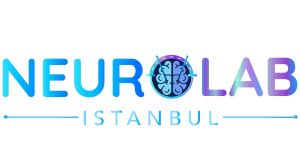
LEARNING OBJECTIVES
By the end of this course, participants will be able to:
1. Classify and clinically approach movement disorders across different care settings (inpatient, outpatient, emergency)
2. Perform focused neurological assessments for gait, balance, tremor, involuntary movements, eye movements, and cognitive functions relevant to movement disorders
3. Differentiate rare, functional, and metabolic movement disorders (iron, copper, calcium deposition) and adapt treatment strategies accordingly
4. Recognize and manage non-motor features of movement disorders, such as dysautonomia and neuropsychiatric symptoms
5. Optimize individualized patient care through rational drug use, botulinum toxin therapy, and tailored advanced treatment strategies
6. Evaluate and manage treatment complications and emergencies, including PD motor complications, drug-induced movement disorders, and late-stage parkinsonism
7. Apply practical strategies for advanced therapies, including DBS (patient selection, awake MER, asleep DBS, programming, troubleshooting), focused ultrasound, and lesioning procedures
8. Incorporate imaging and brain–machine interface insights into diagnostic and therapeutic decision-making
9. Critically reflect on clinical errors and integrate lessons learned into safer, more effective practice
10. Engage in academic growth and mentorship by participating in fellowship opportunities and presenting best case/research work


